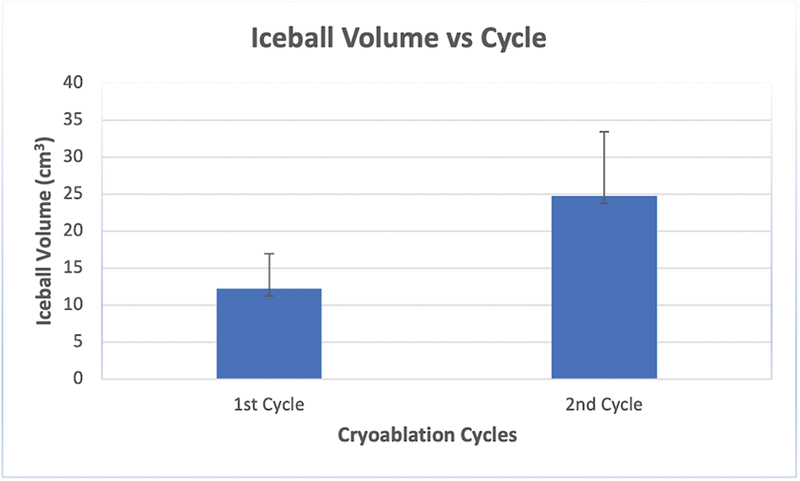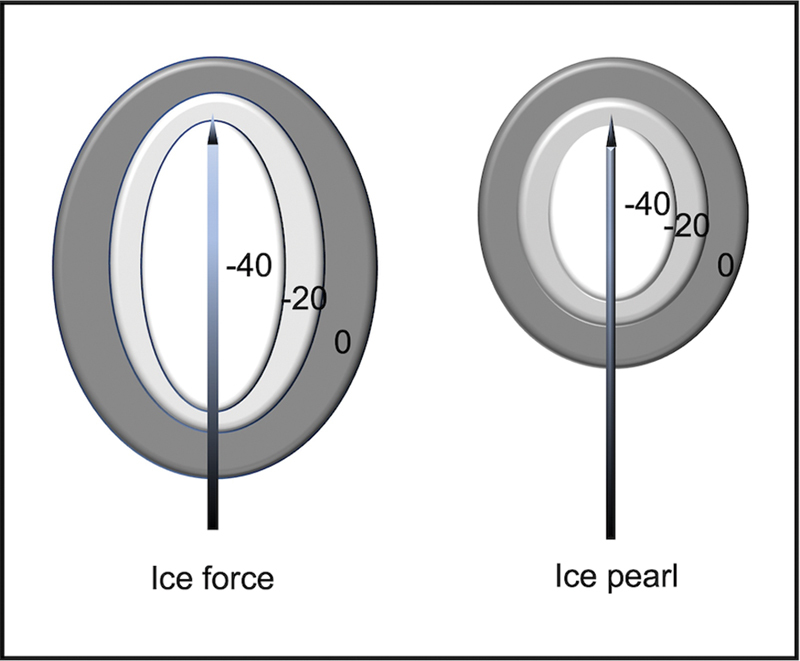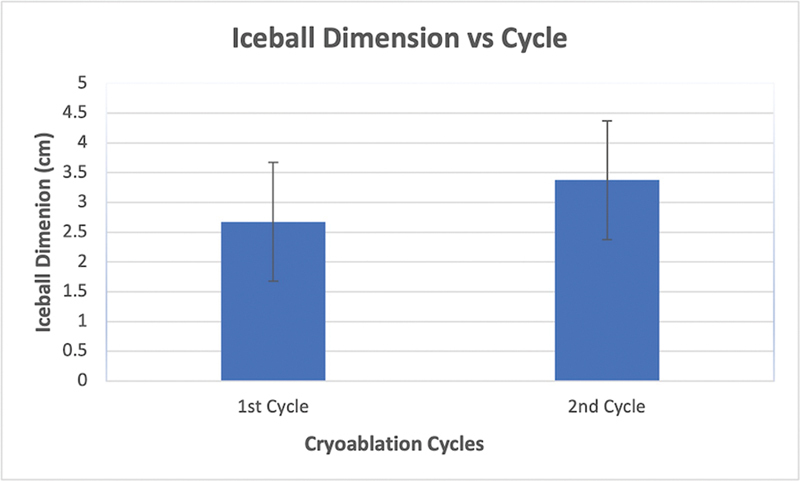ct引导下冷冻消融过程中冰球大小的测量分析,以更好地预测最终冰球大小并避免并发症。
IF 0.9
Q4 RADIOLOGY, NUCLEAR MEDICINE & MEDICAL IMAGING
引用次数: 0
摘要
冷冻消融是通过应用极端冷冻温度来破坏活组织。在肌肉骨骼病变,特别是纤维瘤病的治疗中,冷冻消融的使用有所增加。目的本研究旨在测量冷冻消融冰球在第一次(10分钟)和第二次(20分钟)冷冻循环后的平均大小和相对大小的增加,以准确预测第一次和第二次冷冻之间冰球的大小,以帮助防止对附近皮肤和神经血管结构的任何不必要的损伤。当在相对较小的身体部位(如阑尾骨骼)进行消融时,这一点尤为重要。材料与方法8例纤维瘤病患者接受为期12个月的冷冻消融治疗。在冷冻消融的第一个和第二个周期中测量冰球的大小和体积。结果患者平均年龄为35.6岁(最小28岁,最大43岁)。研究中存在女性优势(3:2,F:M)。线性尺寸显著增加(26%),在冻结周期之间,冰球的体积几乎增加了一倍(尺寸p值= 0.0037,体积p值= 0.0002)。结论:本初步研究是预测纤维瘤病冷冻消融过程中冰球最终大小的初步尝试。这应该有助于计划冷冻消融,以确保通过防止相邻关键结构(神经血管束和皮肤)的损伤来降低发病率。本文章由计算机程序翻译,如有差异,请以英文原文为准。



Measurement Analysis of Ice Ball Size during CT-Guided Cryoablation Procedures for Better Prediction of Final Ice Ball Size and Avoidance of Complications.
Abstract Introduction Cryoablation is the destruction of living tissue by the application of extreme freezing temperature. There has been an increase in the use of cryoablation in the management of musculoskeletal lesions, in particular fibromatosis. Aim This study aimed to measure the average and relative increase in size of the cryoablation ice ball after the first (10 minutes) and second freeze cycles (20 minutes) to accurately predict the size of the ice ball between first and second freezes to help prevent any unwanted damage of the nearby skin and neurovascular structures. This is especially important when ablating in relatively small body parts such as in the appendicular skeleton. Material and Methods Eight patients treated with cryoablation over a 12-month period for fibromatosis were, included in the study. The size and volume of the ice ball were measured during the first and second cycle of cryoablation. Results The average patient age of the cohort was 35.6 years old (min 28 and max 43). There was female predominance in the study (3:2, F:M). There was a significant increase (26%) in the linear dimensions and almost doubling in the volume of the ice ball between freeze cycles ( p -value = 0.0037 for dimensions and p -value = 0.0002 for volumes). Conclusion This pilot study is a preliminary attempt to predict the eventual size of the ice ball during cryoablation procedures when treating cases of fibromatosis. This should help in planning cryoablation to ensure decrease morbidity by preventing injury to adjacent critical structures (neurovascular bundle and skin).
求助全文
通过发布文献求助,成功后即可免费获取论文全文。
去求助
来源期刊

Indian Journal of Radiology and Imaging
RADIOLOGY, NUCLEAR MEDICINE & MEDICAL IMAGING-
CiteScore
1.20
自引率
0.00%
发文量
115
审稿时长
45 weeks
期刊介绍:
Information not localized
 求助内容:
求助内容: 应助结果提醒方式:
应助结果提醒方式:


